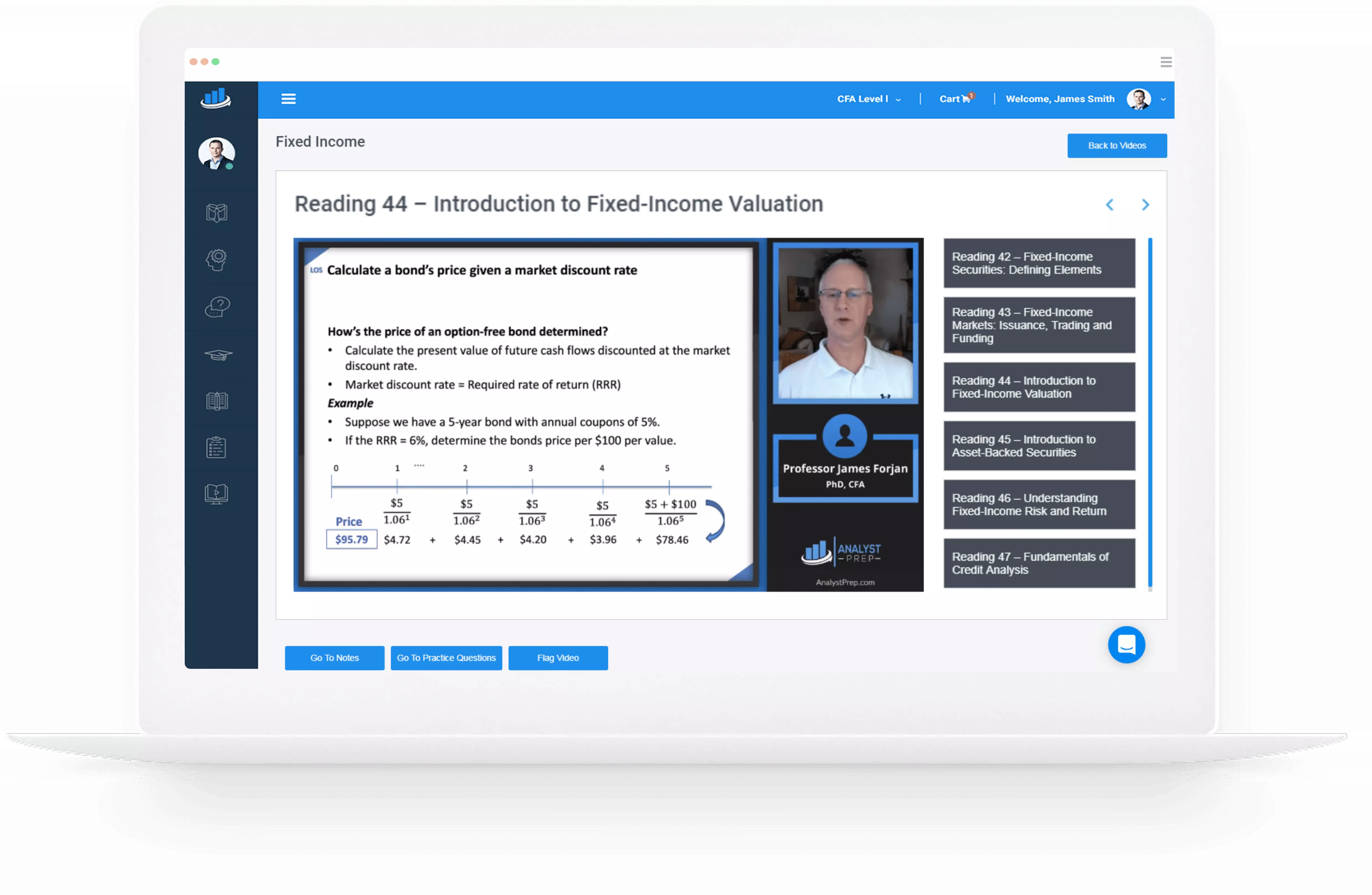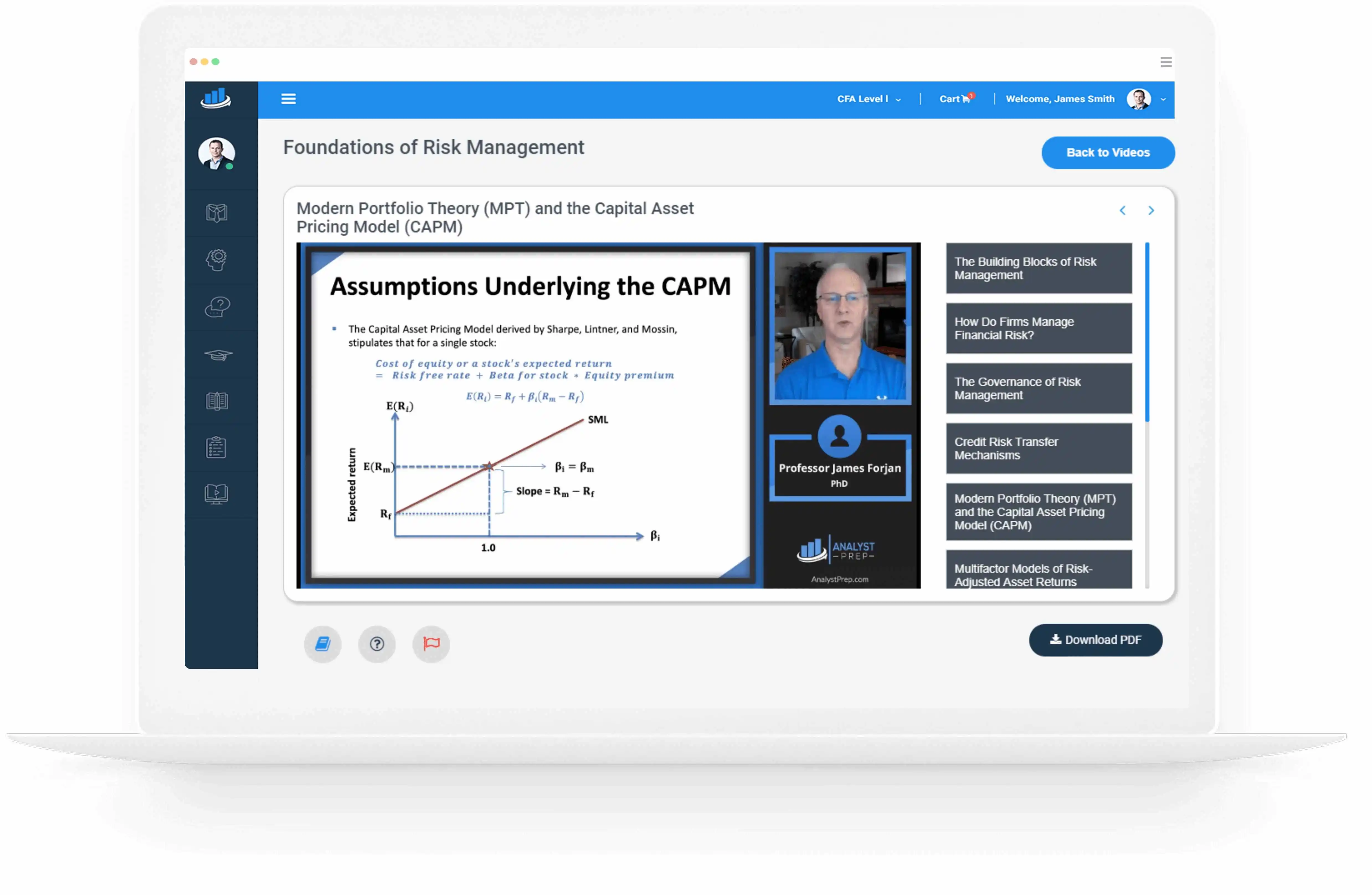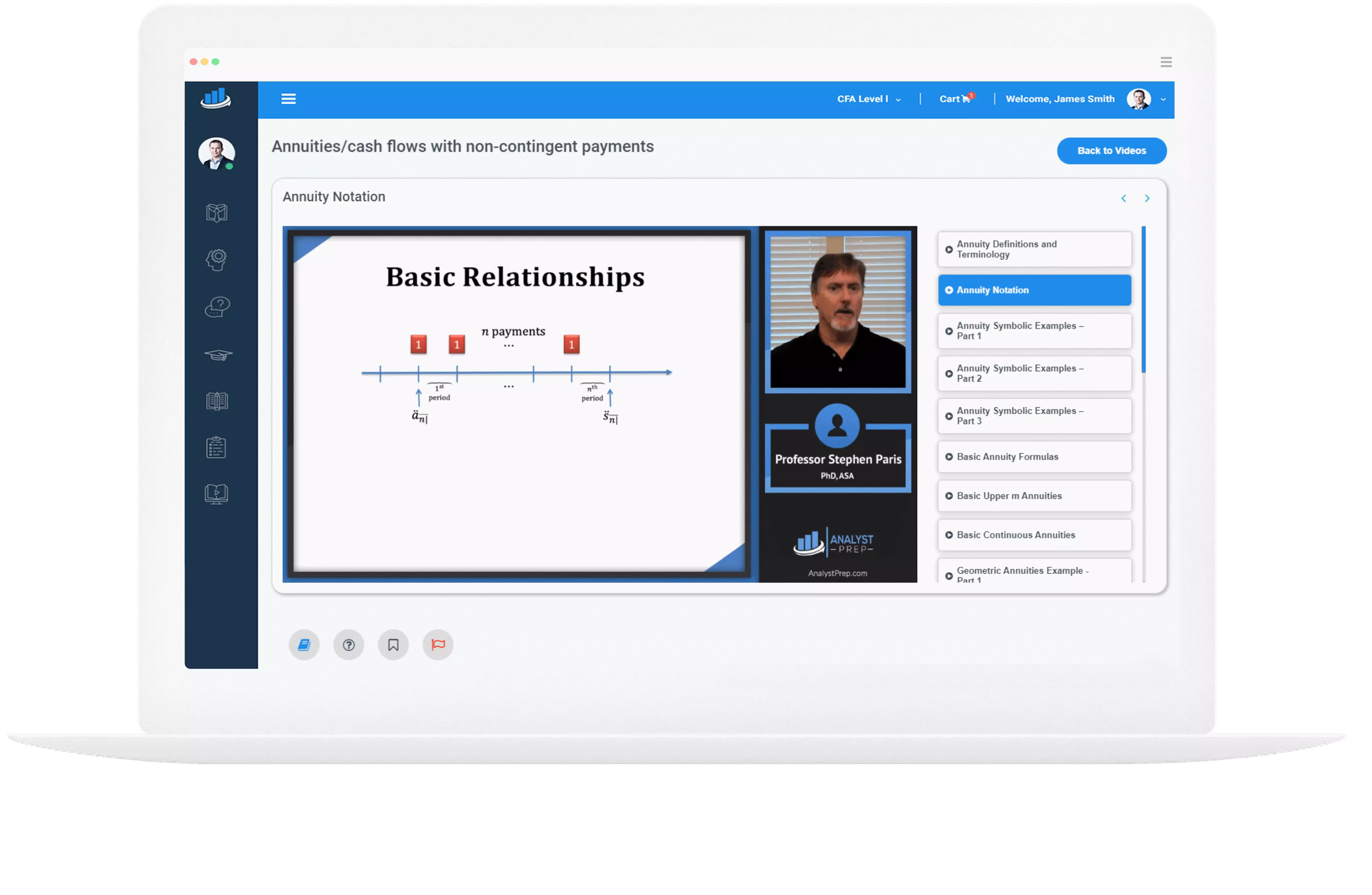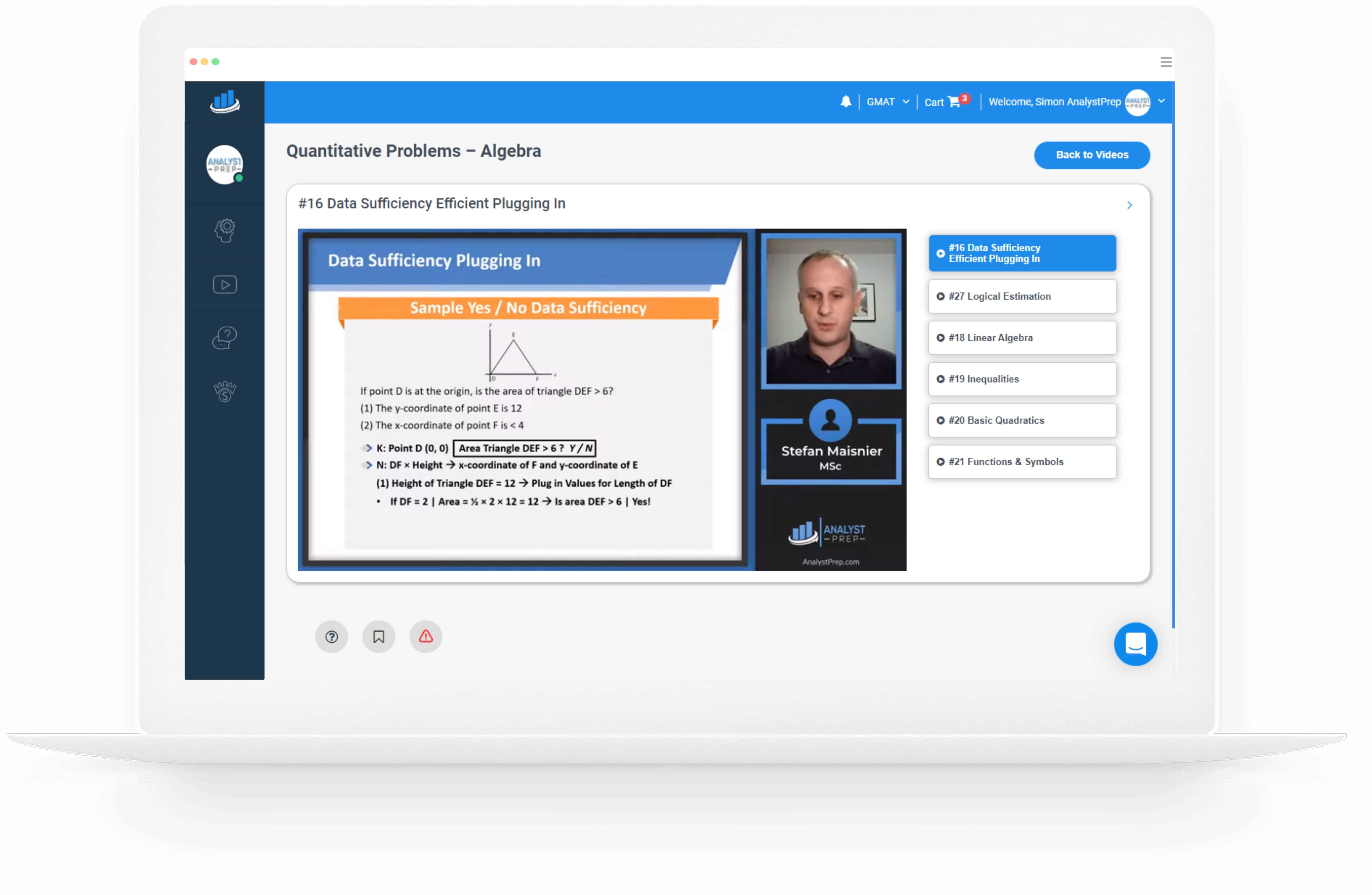Forward Contracts, FX Swaps, and Currency Options
Forwards Vs. Futures This section addresses the simplest hedging scenario: a 100% hedge ratio for a single foreign currency exposure. Both futures and forward contracts can be utilized to achieve full currency hedges, but institutional investors typically prefer forward contracts…
Active Trading Strategies and Tactical Trading Decisions
When managers pursue active trading strategies, they expose themselves to risk. This risk is due to their market views, which may not always be accurate. Additionally, increased transaction costs add to the challenges they face. As a result, managers need…
Study Notes for CFA® Level III 2025 – Portfolio Construction – offered by AnalystPrep
Learning Module 1: Overview of Equity Portfolio Management Los 1(a): Describe the roles of equities in the overall portfolio Los 1(b): Describe how an equity manager’s investment universe can be segmented Los 1(c): Describe the types of income and costs…
Active Currency Trading Strategies
This section will explore tactical decisions a portfolio manager can make regarding currency risk management. These decisions are driven by the Investment Policy Statement (IPS), which grants the manager some flexibility in handling the portfolio’s currency risk. This flexibility can…
Formulating a Currency Management Program
In this section, we will analyze a portfolio from a high-level perspective to make significant strategic choices that will lead to its success. It’s crucial to appreciate that hedging and the factors listed below operate on a spectrum. While the…
Strategic Choices in Currency Management
The approach to managing currency risk in a portfolio varies widely among participants. Some choose not to take action, believing that long-run returns will eventually mean- revert. On the other end of the spectrum, some participants see an active management…
Currency Movement on Portfolio Risk and Return
The section on currency management will start with a concise review of foundational concepts. Subsequently, it will assume that the candidate possesses a strong understanding of these concepts throughout the rest of the section. Foreign Currency Exchange: Review \( \textbf{Note:…
Using Derivatives in Asset Allocation
Changing Asset Allocation with Futures Issue: A portfolio manager in Greece currently manages a portfolio with a 60% allocation to equity and a 40% allocation to fixed income. However, the manager has a bullish outlook on stocks and a bearish…
Using Derivatives to Achieve Targeted Equity
Equity Swaps Equity swaps offer a valuable solution for clients who wish to capitalize on the appreciation of their stocks but are not yet ready to sell. This situation may arise due to concerns about increasing tax costs from selling….
Volatility Derivatives and Variance Swaps
Volatility as an Asset Class Volatility is considered a distinct asset class by many market participants due to its characteristics. Research has indicated that volatility tends to increase during periods of market turbulence. There is an inverse relationship between volatility…




